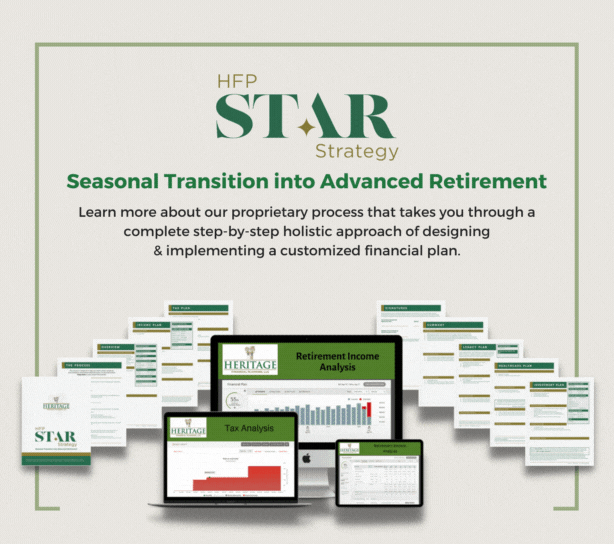Roth Conversions: Smart Tax Move or Financial Mistake?
Roth conversions are one of the most talked-about retirement strategies—and for good reason. They allow you to pay taxes now on your pre-tax retirement savings in exchange for tax-free withdrawals later. But the big question many pre-retirees are asking in 2025 is: Is now the right time to do a conversion?
The answer depends on your income, your future tax outlook, and your long-term goals. When used wisely, Roth conversions can help reduce your lifetime tax burden and give you more flexibility in retirement.
What Is a Roth Conversion—And Why It Matters
A Roth conversion simply means moving money from a traditional IRA or 401(k) into a Roth IRA. You’ll pay ordinary income tax on the amount you convert in the year you do it—but once it’s in the Roth, future growth and withdrawals (if qualified) are tax-free.
So, why would you voluntarily increase your tax bill today? Because you might save significantly more in taxes over the long haul—especially if tax rates rise, or if you anticipate higher income from Required Minimum Distributions (RMDs) later in retirement.
Why 2025 Could Be the “Golden Window” for Conversions
The current federal tax brackets are at historically low rates due to the Tax Cuts and Jobs Act (TCJA), but these cuts are set to expire at the end of 2025. That means unless Congress acts, tax rates could increase for many Americans in 2026 and beyond.
Doing a Roth conversion now—before those rates revert—could lock in lower tax rates and save you thousands over your retirement.
A few more reasons 2025 might be a strategic year for a Roth conversion:
- You’ve recently retired and your income is temporarily lower.
- You haven’t started taking Social Security yet, so your tax bracket is reduced.
- You want to shrink your traditional IRA balance before RMDs kick in at age 73.
Things to Watch Before You Convert
While Roth conversions can be incredibly powerful, they’re not right for everyone. It’s important to model out the impact first. Converting too much at once could push you into a higher tax bracket or increase your Medicare premiums (via IRMAA surcharges).
Also, once you convert, you can’t undo it—the IRS eliminated Roth conversion recharacterizations in 2018. That’s why it’s critical to approach this with strategy, not guesswork.
In some cases, partial conversions over several years may be the most efficient route—especially if you can stay in a lower bracket each year.
Turn Tax Uncertainty Into Opportunity With a Roth Strategy
At Heritage Financial Planning, we help retirees evaluate Roth conversions as part of our HFP S.T.A.R. Strategy (Seasonal Transition into Advanced Retirement). We don’t just look at tax brackets—we consider the full picture, including your income needs, estate plans, and Social Security timing, to determine if and when a Roth conversion makes sense.
2025 could be your best window to act before tax laws shift. Schedule a Roth conversion consultation with us today and explore whether this tax-smart strategy fits your retirement goals.

Click here to learn more about our HFP STAR Strategy process.
Sources:
• IRS: Roth IRA Rules – https://www.irs.gov
• Tax Foundation: TCJA Sunset Provisions – https://taxfoundation.org
• Fidelity: Roth Conversion Guide – https://www.fidelity.com
• Heritage Financial Planning: https://heritagefinancialplanning.net/about/heritage-financial-star-strategy/












